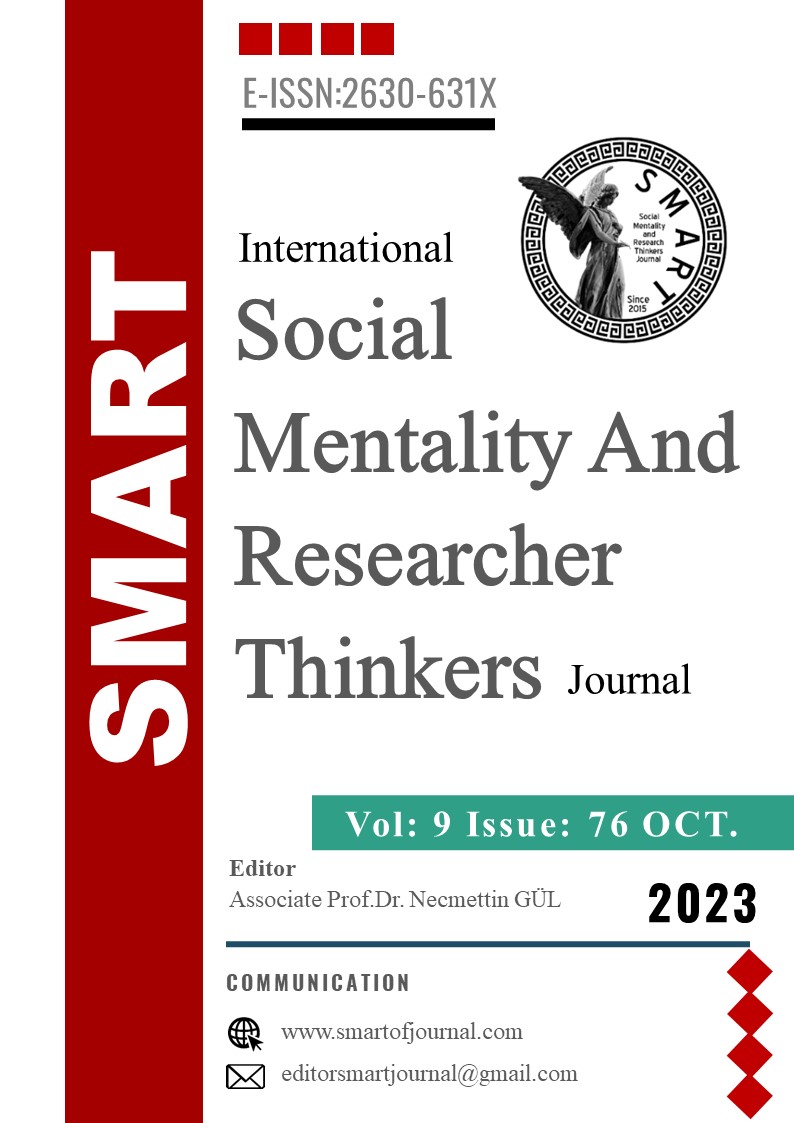Author :
Abstract
Keywords
Abstract
This study examines how China, Russia, and the United States interact and relate to one another as their influence on the global energy market grows. The three nations' reliance on energy resources, their geopolitical positions, and their energy policies all have a big impact on the political and economic equilibriums around the world. This succinct analysis uses the passive voice to examine the energy relationships between China, Russia, and the United States.
The biggest energy importer and consumer worldwide is China. The country's economy is expanding quickly, which raises the demand for energy. To lessen its reliance on fossil fuels and to ensure energy security, China is investing in renewable energy sources. As a result, China is now a global leader in the manufacture of renewable energy technologies. In order to supply energy resources, China is concurrently investing heavily in places like Central Asia and Africa.
A significant portion of the world's energy reserves are located in Russia. Exports of natural gas and oil rank first in the world, and money earned from these sources is essential to the Russian economy. Russian energy policies seek to use energy resources to advance political objectives and safeguard national interests. Additionally, Russia and China have established a strategic partnership through increased natural gas and oil exports. Through this partnership, China's energy needs are met while giving Russia access to a stable market.
The US is one of the world leaders in terms of energy production. The increase in shale gas and oil production has allowed the US to increase its energy exports and strengthen its energy independence. However, the US shapes its energy policies in line with its geopolitical interests and supports its foreign policy objectives through energy resources. In particular, there are energy areas where the US competes with China and has tensions with Russia.
These three countries interact within the energy triangle and dynamics of competition and co-operation over energy resources, markets and policies are observed. China's rapidly growing economy and energy demand have led it to diversify its energy supply and invest in renewable energy. Russia, with its rich energy reserves, plays a decisive role in world markets and tries to increase its political influence through energy resources. The US, on the other hand, is strengthening its energy independence and becoming competitive in global energy markets thanks to the increase in energy production.
Energy relations between China and Russia have reached a strategic dimension. Russian natural gas has become an important source to meet China's growing energy demand. Energy agreements and natural gas pipelines between the two countries ensure the access of Russian energy resources to China and strengthen economic co-operation. This cooperation serves the economic and political interests of both countries.
There is a competitive energy relationship between the US and China. Trade wars and technology competition between the two countries are also evident in the energy sector. Thanks to the increase in shale gas and oil production, the US is increasing its energy exports and becoming an important market for a large energy consumer like China. However, the US is also taking restrictive measures to prevent China from controlling its energy policies and energy resources.
Relations in this energy triangle affect global energy balances and shape geopolitical dynamics. The energy policies and strategic objectives of each country determine the areas of competition and co-operation at the regional and global level. Therefore, the future of the energy triangle between China, Russia and the US plays an important role in the convergence of international relations and energy policies.
